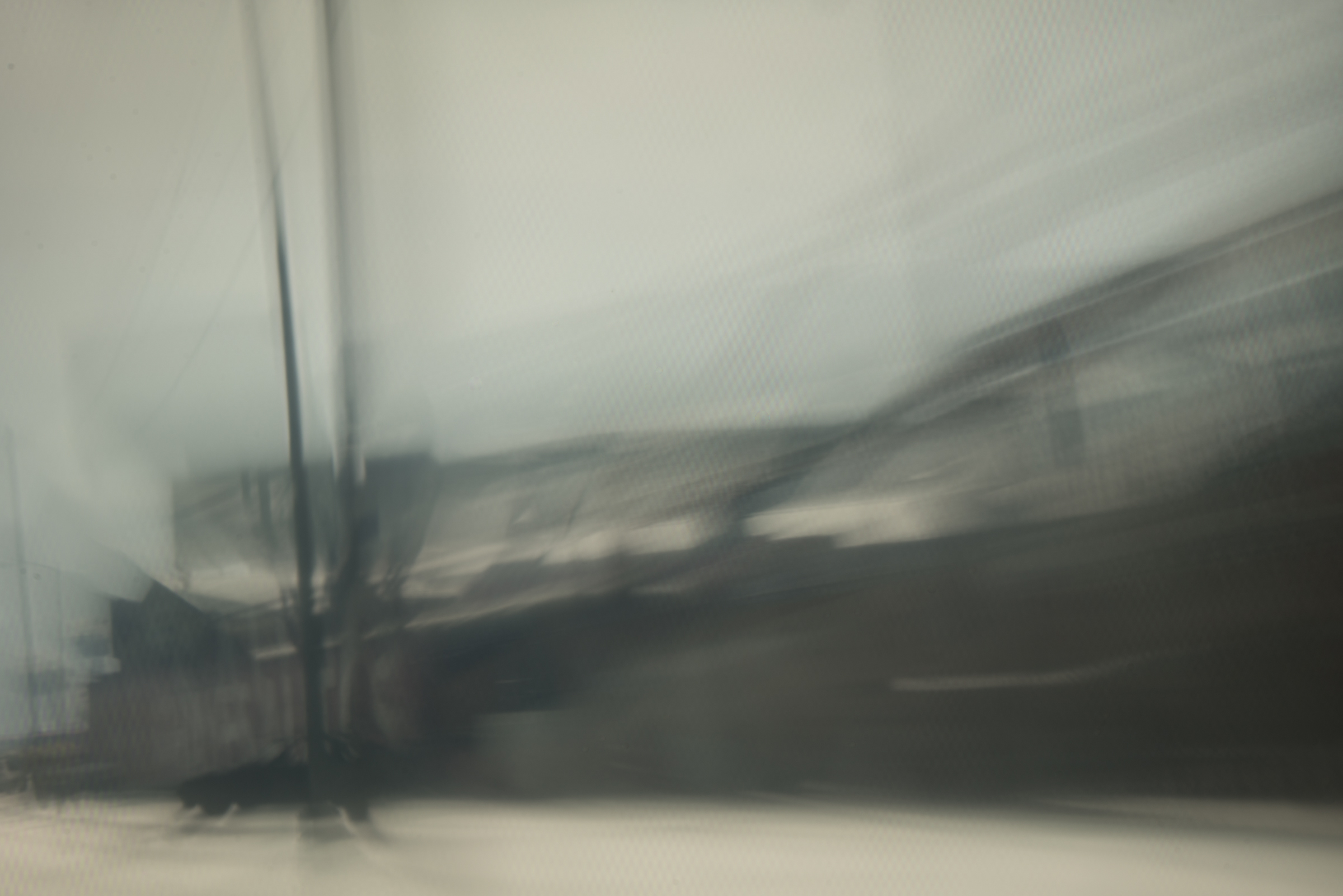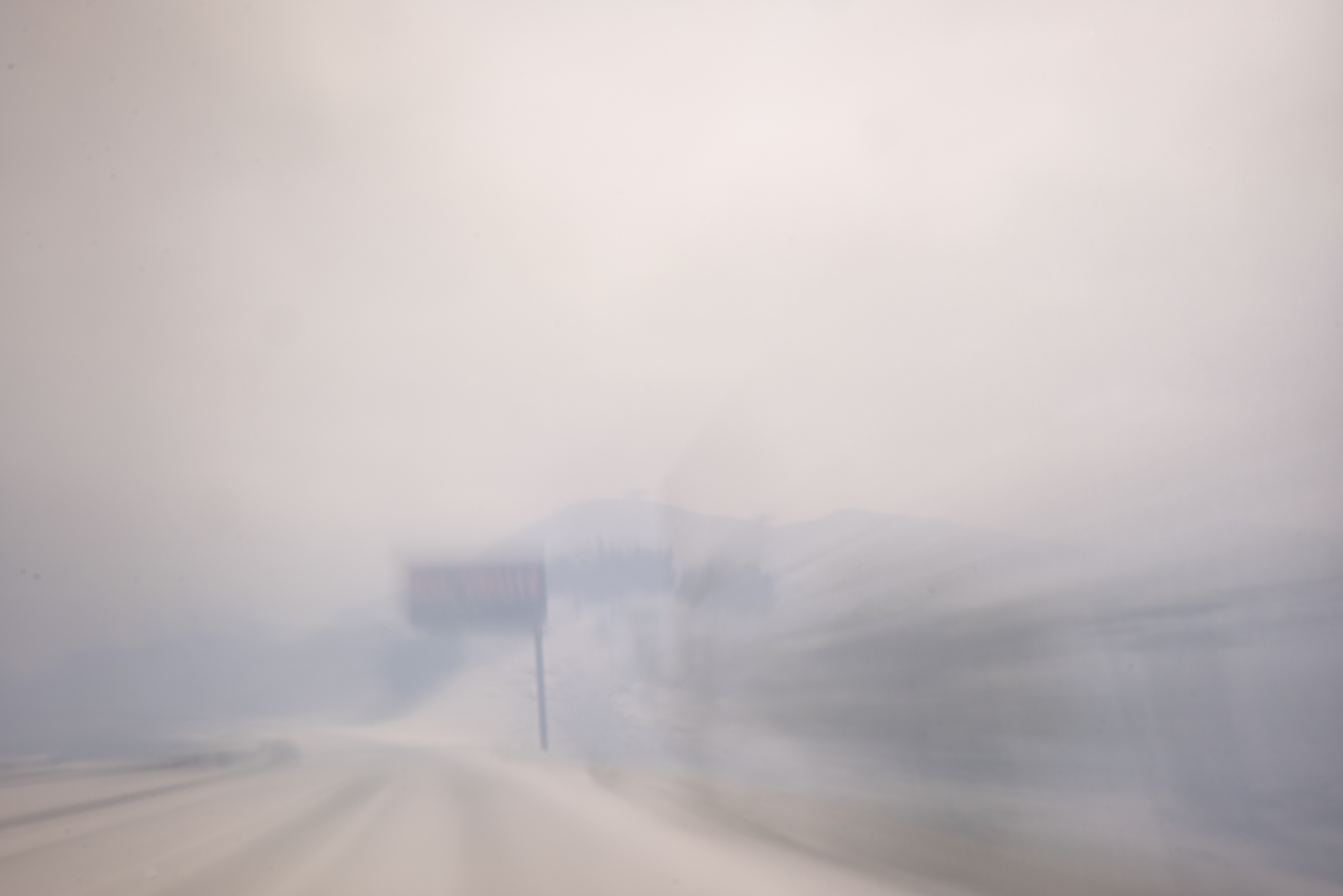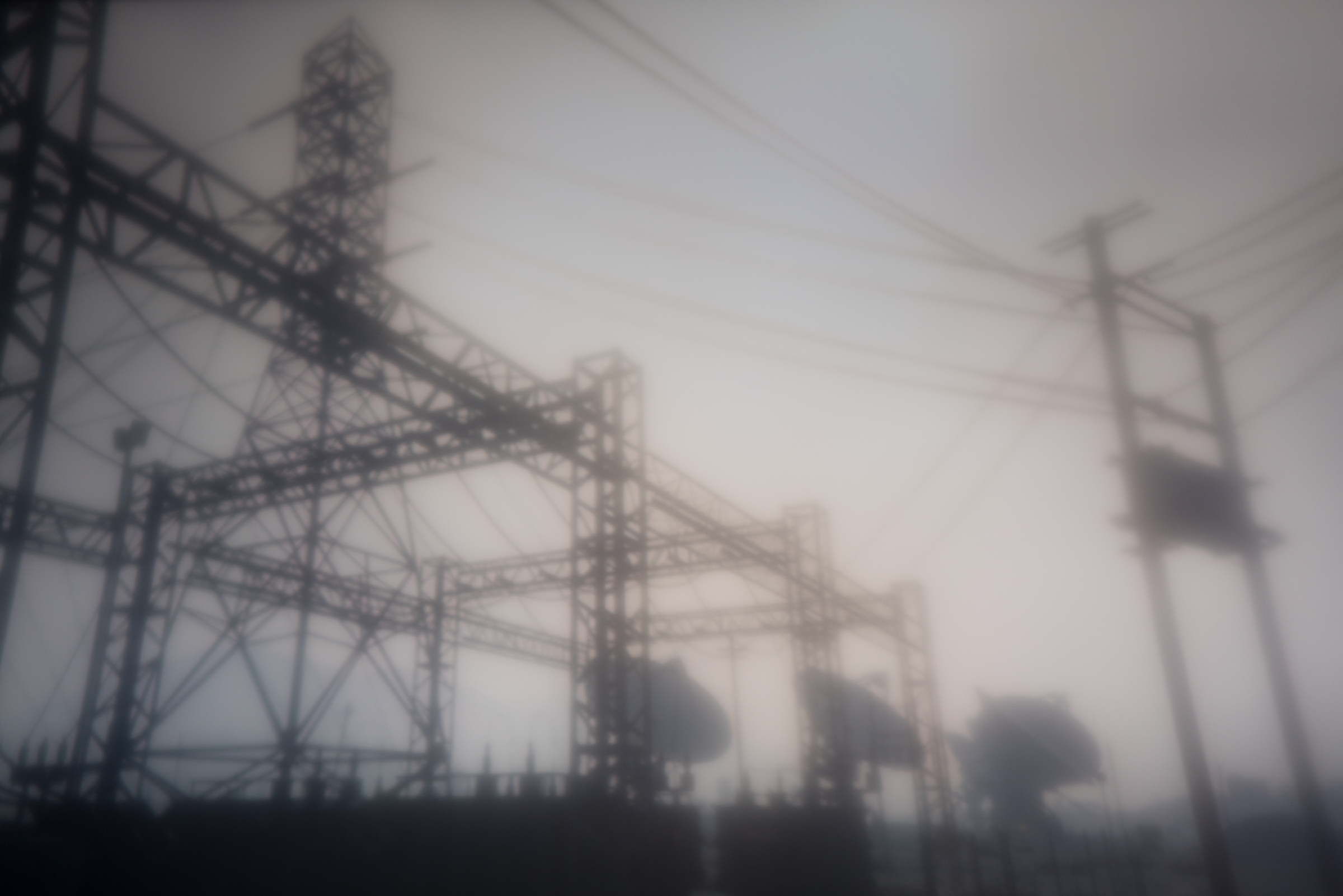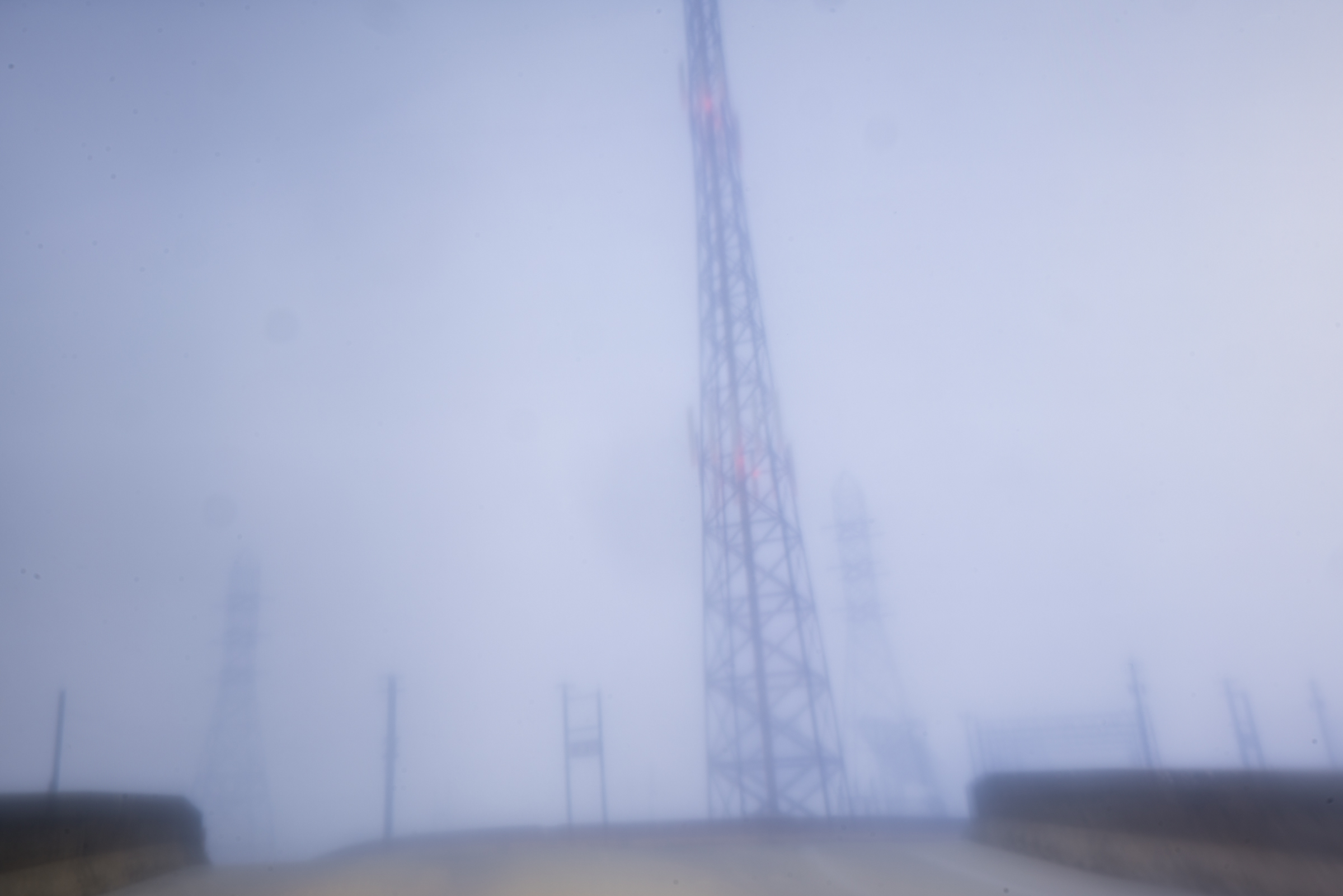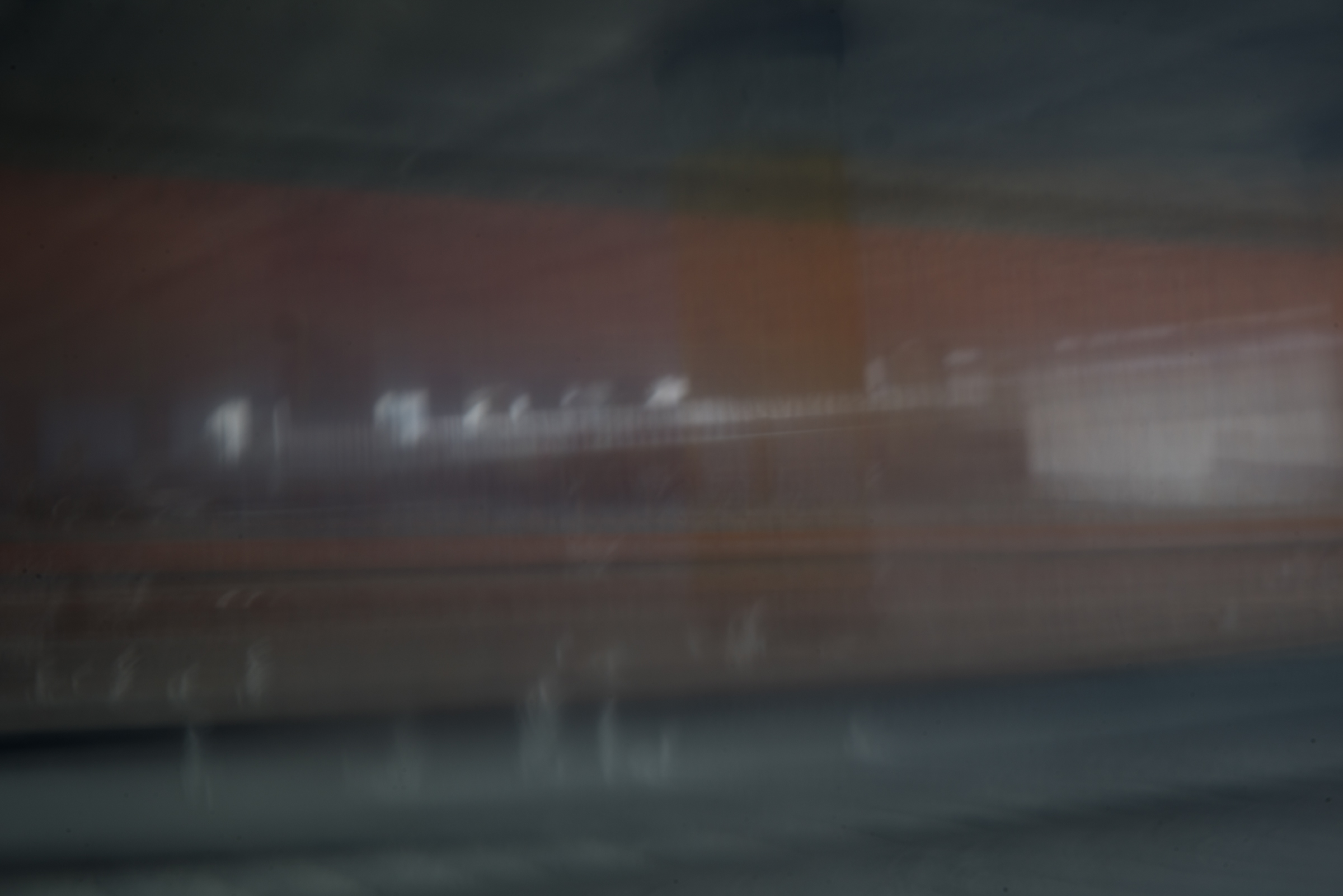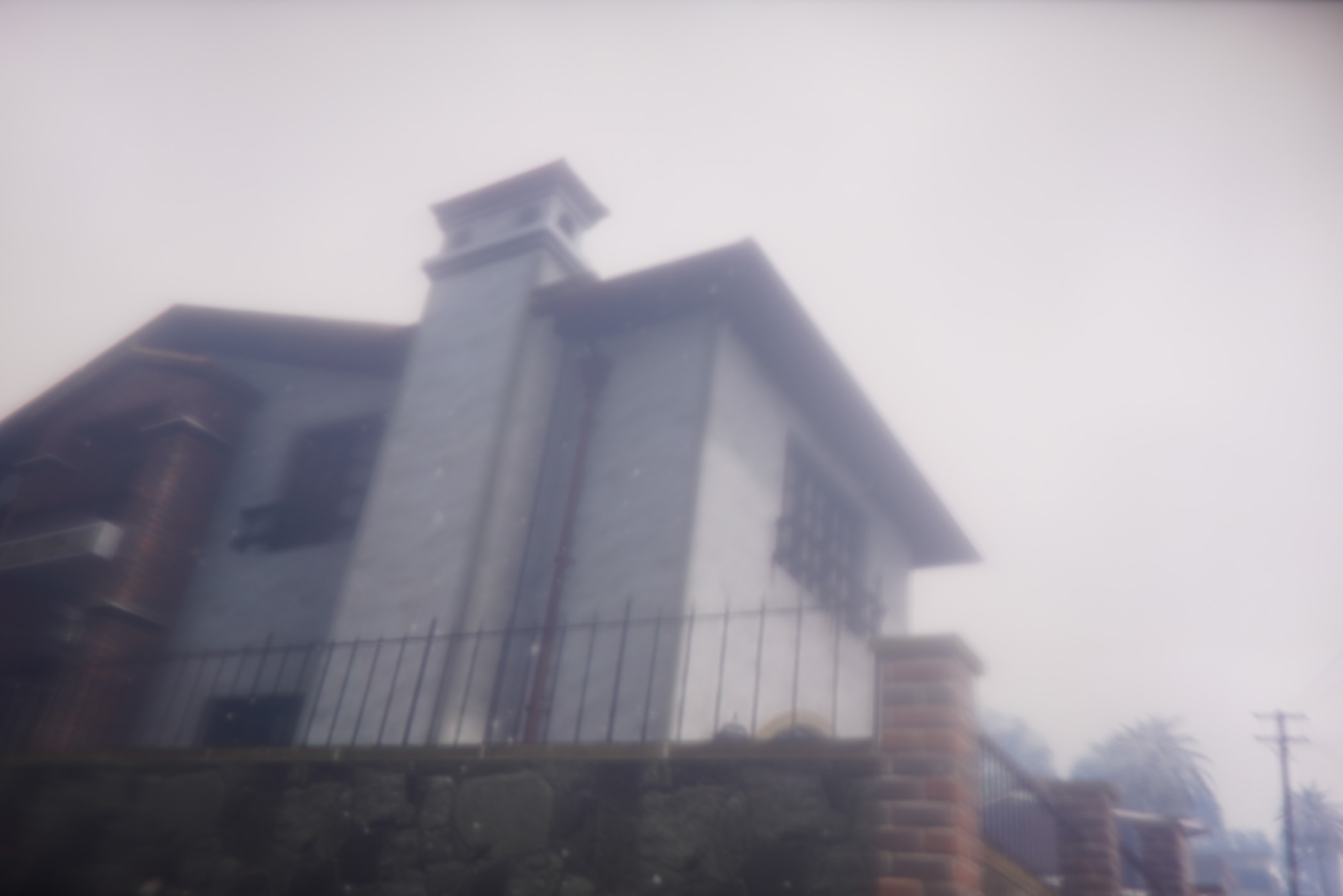Could be yesterday (WIP) functions as an investigation into the perception of rendered moments through collective visual vocabularies, with an entry point in the intersection of nostalgia and modernity.
The series offers the audience a perspective through which they may view and experience tensions, familiarity, a sense of place, and questions all true to themselves, yet tangential to any truth; these documented moments are not of spaces, or moments within a physical reality. The images have all been made of rendered spaces depicted on a screen. Through the generally trusted materiality of photography, these digitally rendered spaces and moments have been transformed into tangible objects, physically indexical documents (through the medium of instant film, here the prints are enlargements).
The photographs, documents, are merely of a screen in a room, yet the perception they garner is one which many of us can connect with. What are the implications of a company’s ability to create a simulacra through which we can ascribe false memories? This iteration of my investigation uses Rockstar North Limited’s 2013 title Grand Theft Auto V as a stand in for reality, a vessel for emotional ascription.
When contextualizing this intersection, the “uncanny valley” becomes far more treacherous, as our collective trust in imagery realigns itself with the contemporary moment. No longer is the faith we place in both the materiality of the photographic image, nor an image’s Air (or affect of the image maker’s expression of their truth), adherent to the circumstance of constant deception through which we’ve allowed ourselves to live.
The series offers the audience a perspective through which they may view and experience tensions, familiarity, a sense of place, and questions all true to themselves, yet tangential to any truth; these documented moments are not of spaces, or moments within a physical reality. The images have all been made of rendered spaces depicted on a screen. Through the generally trusted materiality of photography, these digitally rendered spaces and moments have been transformed into tangible objects, physically indexical documents (through the medium of instant film, here the prints are enlargements).
The photographs, documents, are merely of a screen in a room, yet the perception they garner is one which many of us can connect with. What are the implications of a company’s ability to create a simulacra through which we can ascribe false memories? This iteration of my investigation uses Rockstar North Limited’s 2013 title Grand Theft Auto V as a stand in for reality, a vessel for emotional ascription.
When contextualizing this intersection, the “uncanny valley” becomes far more treacherous, as our collective trust in imagery realigns itself with the contemporary moment. No longer is the faith we place in both the materiality of the photographic image, nor an image’s Air (or affect of the image maker’s expression of their truth), adherent to the circumstance of constant deception through which we’ve allowed ourselves to live.


